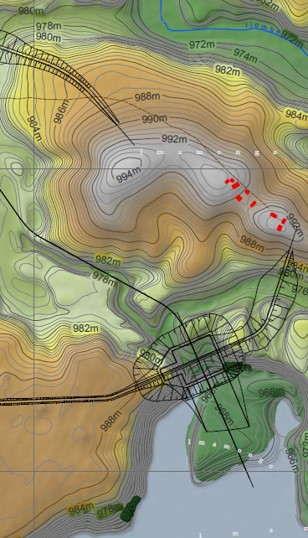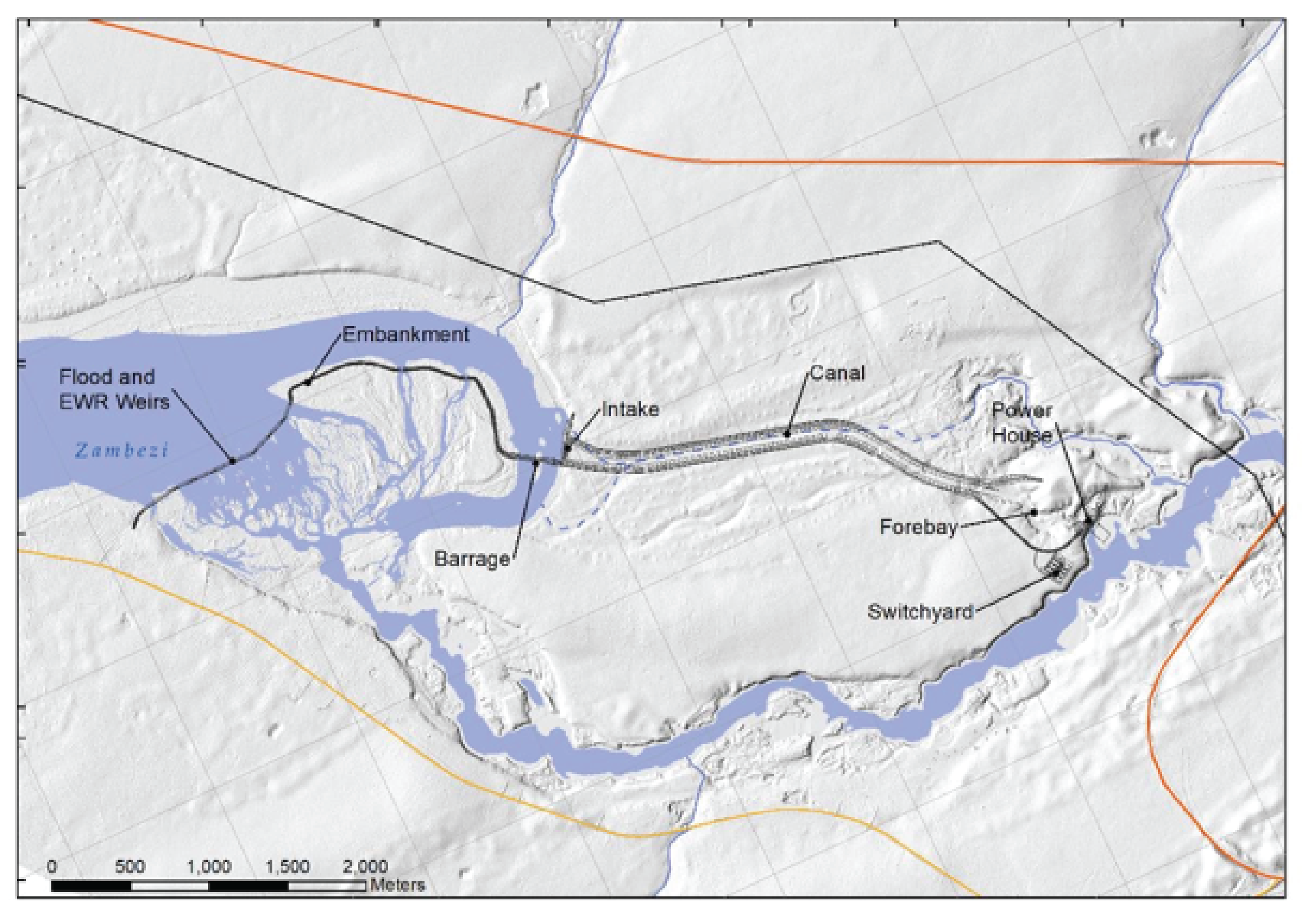The Ngonye Falls project is a run-of-river hydroelectric power station on the Zambezi River in the Western Province of Zambia.
The power station will have 180 MW of electricity generation capacity – adding around 8% to Zambia’s total – and will produce 830 GWh per year of cost effective, clean, renewable energy for local demand and export.
This is enough electricity for 200,000 Zambian households or the entire population of the Western Province.
The cost to build the power station will be more than 600 million US dollars, the largest ever private investment in Western Zambia.
The project will have a low environmental impact and a positive impact for the local host community. Construction is due to start in 2024 and last for 3 years.
The first electricity production will be as early as 2026.

The Ngonye Falls is on the Zambezi River in the Western Province. It is served by a new all-weather road with easy access to the Namibian, Zimbabwean and Botswanan borders, approximately 110 km north of Sesheke. The site is 110 km from a major node of the SAPP (Southern African Power Pool) network.
The region’s hydrology, defined by the floodplains, plays a crucial role in storing and gradually releasing rainfall from the upper Zambezi catchment into the river.
The project generates electricity by diverting part of the Zambezi River’s flow through a canal with hydropower turbines.
A true run-of-river design using a series of low weirs and embankments to divert flow into a 3km-long power canal.
A forebay, using the natural topography, provides flow balancing. Power is generated in 4 bulb turbines in the partially buried pit power house. After passing through the turbines, the water flows back into the Zambezi where it is immediately available for all other uses.

Construction of the power station will be undertaken by a specialist international EPC Contractor (engineering, procurement and construction) procured through an open, competitive tender.
The EPC contractor is being selected based on its experience and expertise in similar projects, the construction and management capacity it can provide and its financial strength. The contractors being considered are all large multinational construction companies.
The complete project amounts to a $650m+ investment. The development phase cost thus far is $35m, with $6m remaining to the anticipated financial close at the end of 2024.
Our Project Finance model secures 75% funding from Development Finance Institutions, backed by a 25-year agreement with ZESCO.
Anticipating financial closure in Q4-2024.
All technical surveys, studies and analysis completed
Proven technical and economic feasibility
Community Participation Agreement completed with the host community
Environmental and Social Impact Assessment to IFC standards approved by the regulator and resettlement action plan (RAP) underway
Power Purchase Agreement with the Zambian power utility, ZESCO signed
EPC Contractor Procurement under EU Procurement Regulations – tenders received and being evaluated
Acquisition of land secured
Water rights permits granted
Implementation Agreement with Government (2015) being updated
Completion and approval of the Resettlement Action Plan
Selection of a major international EPC Contractor for construction of the project by completion of the competitive tender
Completion of the financing for the project including selection of the debt and equity financiers
Completion of the credit support arrangements for the Power Purchase Agreement (PPA) with ZESCO, a workstream currently being managed by IFC
Western Power’s shareholders, funders and development partners each provide unique skills and experience to the development. They ensure that the project has sufficient funding to successfully design, construct and operate the power station.








